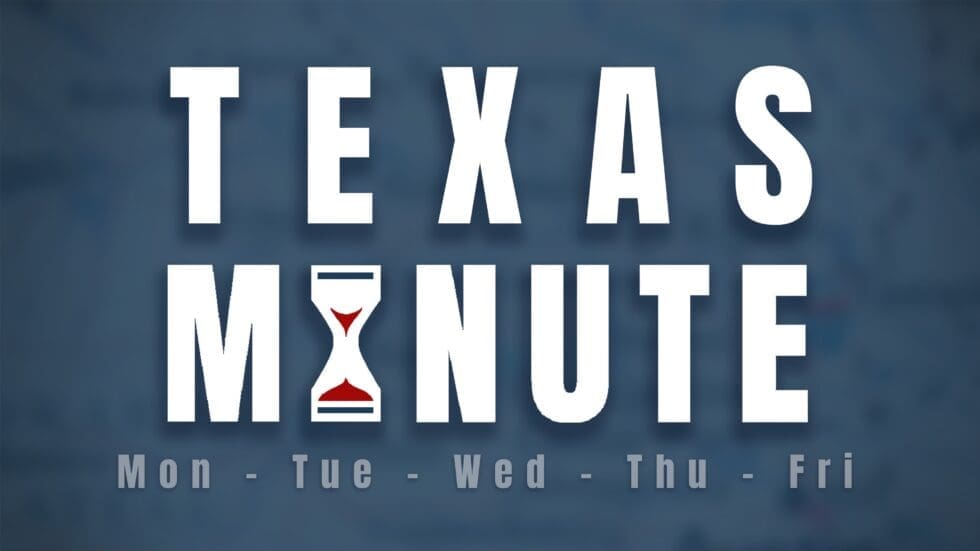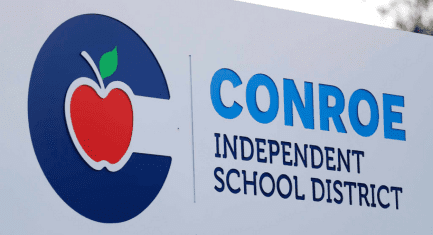A myriad of unanswered questions still surround the $809 million debt plan proposed by JPS, the safety-net hospital network overseen by the Tarrant County Commissioners Court. The problem lies with the far-fetched financial forecast and dubious assumptions underlying the proposal.
County Judge Glen Whitley (R) is considering rubber-stamping the plan in early August before the public takes notice.
Due to vacancies in executive level management, JPS hired an outside consulting firm (FRG) to make financial forecasts through 2024. The forecasts are simply astonishing—only the far-fetched best-case scenario puts JPS on sound financial footing if the bond passes in its current form.
FRG’s forecasts used two critical assumptions: increased operational efficiency and changes in the hospital’s future payor mix (reimbursement revenue).
FRG’s “baseline” scenario for JPS represents the current financial trajectory if nothing is renovated, built, or added to the facility. It has 4% in unexplained operational efficiency gains imbedded in it, on top of the 3% they assume in their best-case scenario. In other words, FRG assumes JPS will find savings unrelated to the proposed construction plan, without explaining how or why. According to sources inside the County Court, when JPS approved plans for a new patient pavilion in 2008, similar efficiencies of 2-3% were promised that never materialized.
It gets worse. FRG’s best-case scenario is contradictory. The additional 3% increase in “operational improvements” is supposedly due in part to the new patient tower and renovations, but their financial forecasts don’t quantify it. In another section of their own report, they claim the entire 3% will come from eliminating over 360 full-time JPS employees, not an expansion of the facility as a result of the bond.
FRG does detail how the renovations and new tower will dramatically expand JPS’s total capacity, including the number of beds. But they don’t explain how JPS is able to simultaneously expand operations and reduce staff from 5,253 FTE’s (Full Time Equivalents) in 2015, to 4,887 FTE’s by 2024.
Historically, their staffing levels have significantly increased, not decreased. Between 1995 and 2015, JPS staff grew from 2,000 employees to 6,000.
This raises obvious questions. Where are the 4% in efficiency savings coming from? If the additional 3% in operational savings are the result of staff reductions rather than expansion, why hasn’t JPS already made these changes? Interestingly, neither JPS management nor the Board of Directors has committed to reducing staff by any amount if the bond passes, even though FRG used this assumption in their forecasts through 2024.
Regarding JPS’s payor mix, FRG’s best-case assumption is that reimbursements will increase due to more patients being on Medicaid or private insurance, and fewer uninsured. They claim this will result in higher operating revenue to help cover the increased debt service.
But why would insured patients go to JPS instead of a private hospital? JPS’s mission is to serve the indigent, not compete with private hospitals for insured patients using taxpayer money.
The only FRG forecast in which the JPS would be more financially solvent after issuing $809 million in new debt is in their best-case scenario containing these ambiguous, far-fetched assumptions.
If JPS falls slightly below the best-case scenario, FRG predicts JPS will have a much lower net cash flow than if nothing is done ($14.1 million vs $45.9 million by 2024). If only modest savings are achieved, the hospital could lose millions each year. Either property taxes will have to increase or more hospital staff will lose their jobs. The cuts will come from somewhere, and officials aren’t communicating these risk factors to constituents.
Based solely on FRG’s own projections, the revenue and expense figures needed to justify the bond as proposed simply don’t add up.
Today, JPS has substantial cash reserves, positive cash flow, and low debt. With an unproven record of significant costs savings, unsubstantiated financial forecasts, and looming healthcare changes including declining reimbursements and Texas’ 1115 waiver status, it’s offensive that such a large fiscal gamble would be rushed through the court without a thorough and honest explanation provided to Tarrant County residents. No town hall meeting included a discussion of the above forecasts, just empty promises of “no tax increases.”
The JPS board and the court are intent on ramming the plan through before pesky residents have time to ask any legitimate questions. That’s simply unacceptable.




